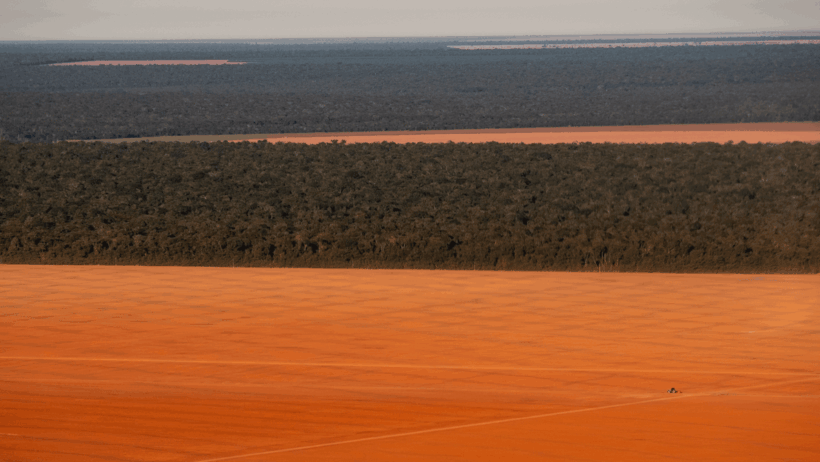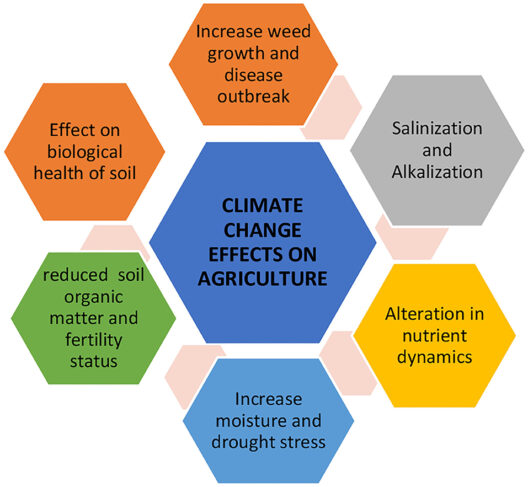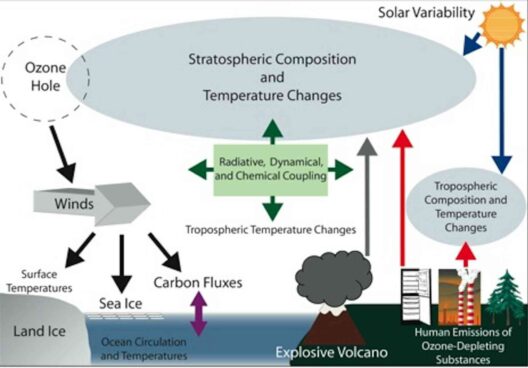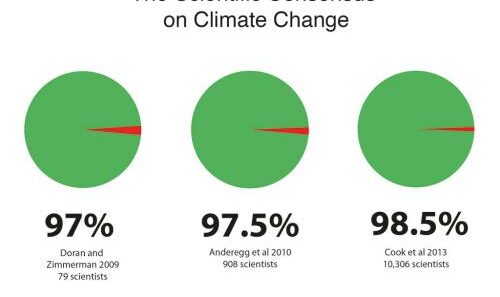Deforestation stands as a preeminent challenge in the contemporary discourse on climate change. The phenomenon, characterized by the large-scale removal of trees and forested areas, is intricately linked to various environmental issues. Understanding the implications of deforestation requires a holistic view that encompasses its causes, consequences, and the integral role forests play in our ecosystem.
Forests are often dubbed the “lungs of the Earth.” This metaphor encapsulates their vital function in sequestering carbon dioxide, a greenhouse gas that plays a primary role in global warming. Through the process of photosynthesis, trees absorb carbon dioxide and release oxygen, thus contributing to climate regulation. When deforestation occurs, not only is this carbon sequestration capacity diminished, but the carbon stored in the trees is released back into the atmosphere, exacerbating the greenhouse effect.
The relationship between deforestation and climate change is not merely causal; it is also cyclical. As climate change intensifies, it leads to adverse weather patterns—such as prolonged droughts, increased pest outbreaks, and forest fires—which can further exacerbate deforestation. This vicious cycle underscores the urgency of tackling both deforestation and climate change concurrently.
Deforestation typically occurs for several reasons. Agricultural expansion is one of the most significant drivers. As the global population grows, so does the demand for food. Large tracts of forest are cleared to make way for monoculture plantations, such as palm oil, soy, and cattle ranching. These practices not only contribute to biodiversity loss but also disrupt local ecosystems, resulting in the displacement of indigenous species.
Urbanization and industrial development also play a pivotal role in deforestation. As cities expand, forests are sacrificed for infrastructure projects, roads, and housing. This process not only diminishes the area of forest cover but also increases pollution and reduces the climate-mitigating services that forests provide. The degradation of forests in urban areas can lead to increased temperatures and diminished air quality, intensifying the already compounded effects of climate change.
Logging, both legal and illegal, represents another significant factor contributing to deforestation. Timber extraction can devastate large areas of forest, particularly when carried out without sustainable practices. The exploitation of forest resources often leads to soil erosion, loss of biodiversity, and disruption of local water cycles, compounding the negative impacts on climate regulation.
The impact of deforestation extends beyond local ecosystems. Forests serve as crucial habitats for innumerable species, some of which are yet to be discovered. The loss of these habitats due to deforestation leads to a stark decline in biodiversity, which in turn destabilizes ecosystems. This destabilization can have cascading effects, making ecosystems more susceptible to further environmental stressors, such as climate change.
In addition to biodiversity loss, deforestation significantly influences water cycles. Forests play a key role in regulating water flow and maintaining water quality. Trees absorb and store rainfall, releasing it gradually into the atmosphere through transpiration. When trees are removed, the land becomes susceptible to flooding and soil degradation, which can further impact agricultural productivity and local economies. The downstream effects can be extensive, affecting not only local communities but also individuals far removed from the original deforestation event.
Moreover, the social implications of deforestation are profound. Indigenous communities often rely on forests for their livelihoods, culture, and identity. When these forests are destroyed, these communities face dispossession and loss of their traditional ways of life. The socio-economic impacts extend to global inequalities, as wealthier nations often exploit the resources of poorer nations, leading to conflicts and exacerbating poverty in the latter.
Addressing deforestation and its connection to climate change necessitates multifaceted strategies. One of the most effective measures is the promotion of sustainable land-use practices. Agriculture can be intensified on existing farmland, reducing the pressure on forests. Agroforestry, which integrates trees into agricultural systems, can bolster both food production and carbon sequestration while improving soil health.
Another effective avenue is the enhancement of forest governance and protection laws. Implementing stringent regulations around logging and land conversion can mitigate the loss of forest cover. Additionally, empowering local communities through land rights and incentivizing conservation can reinforce the role of forests in climate mitigation.
Reforestation and afforestation emerge as pivotal strategies in combating the deleterious effects of deforestation. Planting trees not only restores lost ecosystems but also re-establishes the critical functions that forests fulfill in carbon sequestration and water regulation. These efforts, however, must be coupled with a holistic understanding of local ecologies to ensure long-term sustainability.
Technology also plays a significant role in addressing deforestation. Advances in satellite monitoring and predictive modeling can help identify deforestation hotspots, allowing for timely intervention. Moreover, reforestation efforts can benefit from drone technology, which can efficiently plant trees in challenging terrains.
Lastly, public awareness and education are paramount in addressing deforestation. By understanding the intrinsic values of forests—beyond mere economic gain—society can foster a culture of stewardship. Grassroots movements and global campaigns aimed at halting deforestation and promoting sustainable practices can lead to meaningful changes at both the local and global levels.
In conclusion, deforestation undeniably is a significant catalyst of climate change. Its extensive impacts are felt across environmental, social, and economic spheres. To mitigate climate change effectively, an urgent and comprehensive approach must be adopted. This involves not only tackling the immediate drivers of deforestation but also promoting policies and practices that preserve and restore the invaluable services that forests provide. The forest factor is not to be underestimated—it is integral to the health of our planet and the future of humanity.








